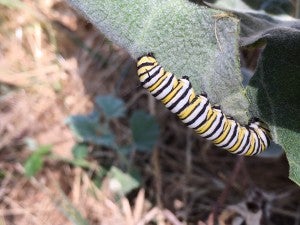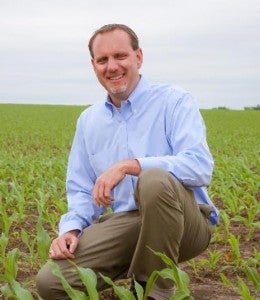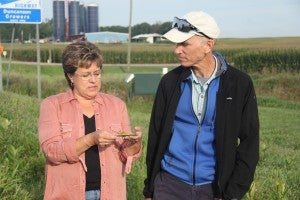
Kristin Duncanson holds a monarch caterpillar we found on her farm. “Everyone has a monarch story,” she said.
Duncanson Growers is a family farm located in the heart of southern Minnesota. Owners Kristin and Pat Duncanson produce pork and grow corn, soybeans and vegetable peas on the farm, with a commitment to sustainable practices that improve the quality of their land. But it’s not just about environmental sustainability.
“We also need to maintain and increase our productivity to be economically sustainable,” Kristin said.
The Duncanson family has been committed to sustainability not only through their own farming operations, but also through outreach and education efforts. I recently paid a visit to the family’s farm, where just the night before they had hosted 30 college students for dinner, recognizing the importance of communicating their sustainability practices to others.
In addition to their current practices, which include improving data collection to increase fertilizer efficiency, reducing tillage where possible and rotating crops, the Duncansons have also maintained some very high quality habitat for monarch caterpillars and butterflies. Read More










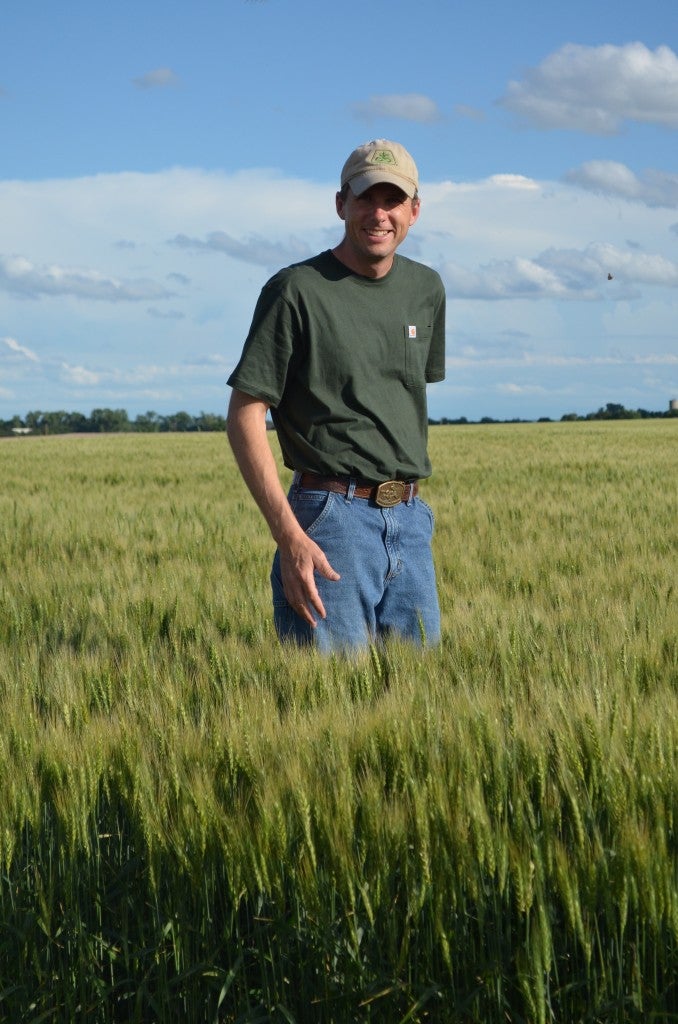 I first met Justin Knopf at a meeting in DC about five years ago. At 6’3”, he definitely stood out, but not just physically. He openly conveyed how important his family and his land are – the reason he cares so much about making sure his Kansas farming operation can live on is for his children. It’s rare to meet someone so articulate, sincere and committed to sustainability.
I first met Justin Knopf at a meeting in DC about five years ago. At 6’3”, he definitely stood out, but not just physically. He openly conveyed how important his family and his land are – the reason he cares so much about making sure his Kansas farming operation can live on is for his children. It’s rare to meet someone so articulate, sincere and committed to sustainability.
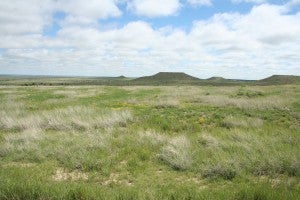

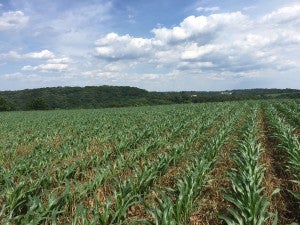
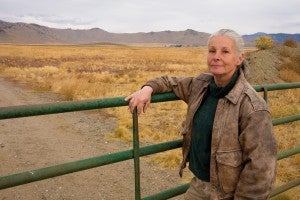 Nearly one-third of U.S. farmers are women, yet their contributions aren’t well known. The Rise of Women Farmers and Sustainable Agriculture, a new book from the University of Iowa press, aims to change this.
Nearly one-third of U.S. farmers are women, yet their contributions aren’t well known. The Rise of Women Farmers and Sustainable Agriculture, a new book from the University of Iowa press, aims to change this.